Mass Transfer & Diffusion Coefficient Apparatus
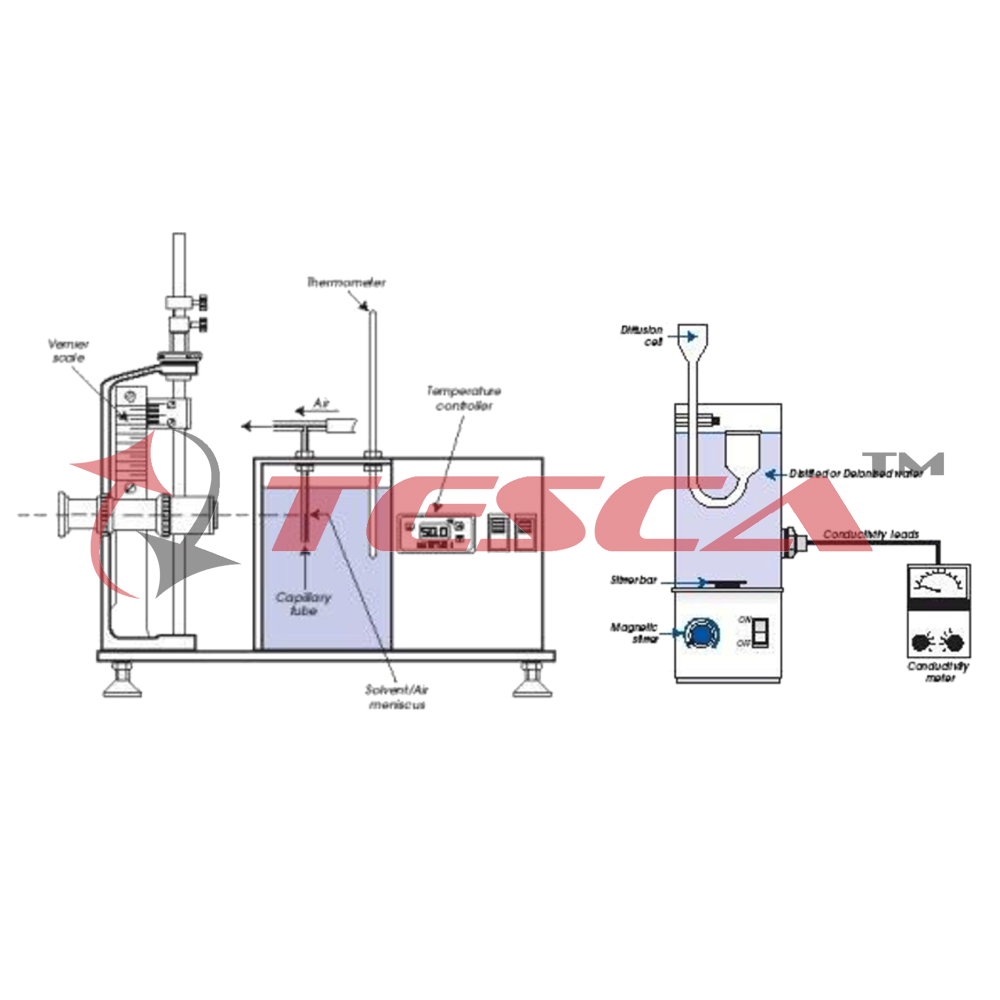
Order Code: 32335
Category: Thermodynamics Lab
Two separate apparatus, viz Gaseous Diffusion Coefficient Apparatus, involves diffusion with bulk flow & Liquid Diffusion Coefficient apparatus relates to an equi-molar counter diffusion process, are offered to allow measurement of molecular diff...
SPECIFICATION
Two separate apparatus, viz Gaseous Diffusion Coefficient Apparatus, involves diffusion with bulk flow & Liquid Diffusion Coefficient apparatus relates to an equi-molar counter diffusion process, are offered to allow measurement of molecular diffusivities. This enables students to familiarize the basic notions of mass transfer theories.
Gaseous Diffusion Coefficients Apparatus : order Code - 32336
The diffusion of a vapour ‘A’ from a volatile liquid into another gas ‘B’ can be conveniently studied by confining a small sample of the liquid in a narrow vertical tube, and observing its rate of evaporation into a stream of gas ‘B’ passed across the top of the tube. Normally, for simple instructional purposes, ‘B’ is air and ‘A’ is an organic solvent such as acetone or methyl alcohol.
The apparatus consists essentially of a glass capillary tube placed in a transparent-sided temperature controlled water bath. A horizontal glass tube is fixed to the upper end of the capillary tube and air is blown through this by a small air pump included within the unit. This arrangement allows the maintenance of a partial pressure difference within the capillary tube between the evaporating liquid surface and the flowing air stream. A travelling microscope, with sliding vernier scale, is mounted on a rigid stand alongside the thermostatic bath and is used to measure the rate of fall of the solvent/air meniscus within the capillary The relation between the measured molar mass transfer rate (‘NA’ per unit area), the partial pressure gradient and the diffusion coefficient D is deduced from the one dimensional steady state version of Fick’s Law with bulk flow:
Na= -D (CA +CB) / CB dCA/dy where ‘CA and ‘CB ’are the molar concentrations of the vapour ‘A’ and air ‘B’ respectively
Technical Details
Thermostatic bath: capacity 4.0 litres
Water heater element: 500 Watts
Temperature controller: range 0 to 600C, on/off type
Temperature sensor: PTC
Vernier range: 0 to 70 x 0.10 resolution (mm)
Measurement and Instructional Capabilities
Direct measurement of mass transfer rates in the absence of convective effects
Use of gas laws to calculate concentration differences in terms of partial pressures
Use of Fick’s Law to measure diffusion coefficients in the presence of a stationary gas
Measurement of the effect of temperature on diffusion coefficients
Gaining familiarity with the use of laboratory instruments to achieve accurate measurements of data required for
industrial process design.
Liquid Diffusion Coefficient Apparatus : Order Code - 32337
Tesca has developed a unique diffusion cell which overcomes the traditional problem of slow diffusion rates in liquids requiring long observation times, but without sacrificing accuracy or introducing convective effects.
Essentially, the cell consists of a honeycomb of accurately dimensioned capillaries, positioned between two liquids of differing concentration of the solute whose diffusion coefficient is to be determined. In practice, a small volume of concentrated solution is placed on one side of the honeycomb, whilst the other side consists initially of a large volume of pure solvent (water). As diffusion of the solute occurs, the concentration within the larger volume increases, and is monitored with a conductivity sensor and meter. The mixture is continuously stirred with a magnetic stirrer to ensure uniform concentration within the bulk liquid. Whilst the conductivity sensor may be readily calibrated for any required aqueous system, for introductory studies, dilute solutions of sodium chloride are recommended, for which conductivity data are provided.

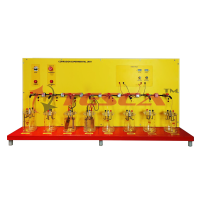
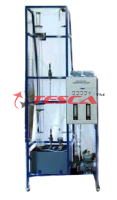
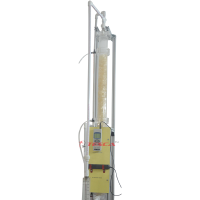
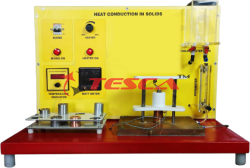
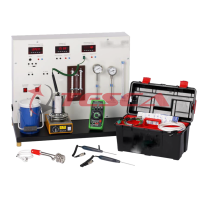
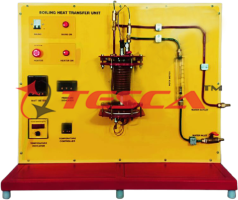
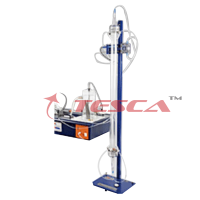
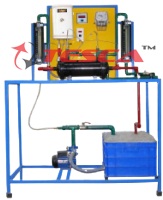
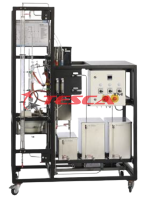

 91-9829132777
91-9829132777